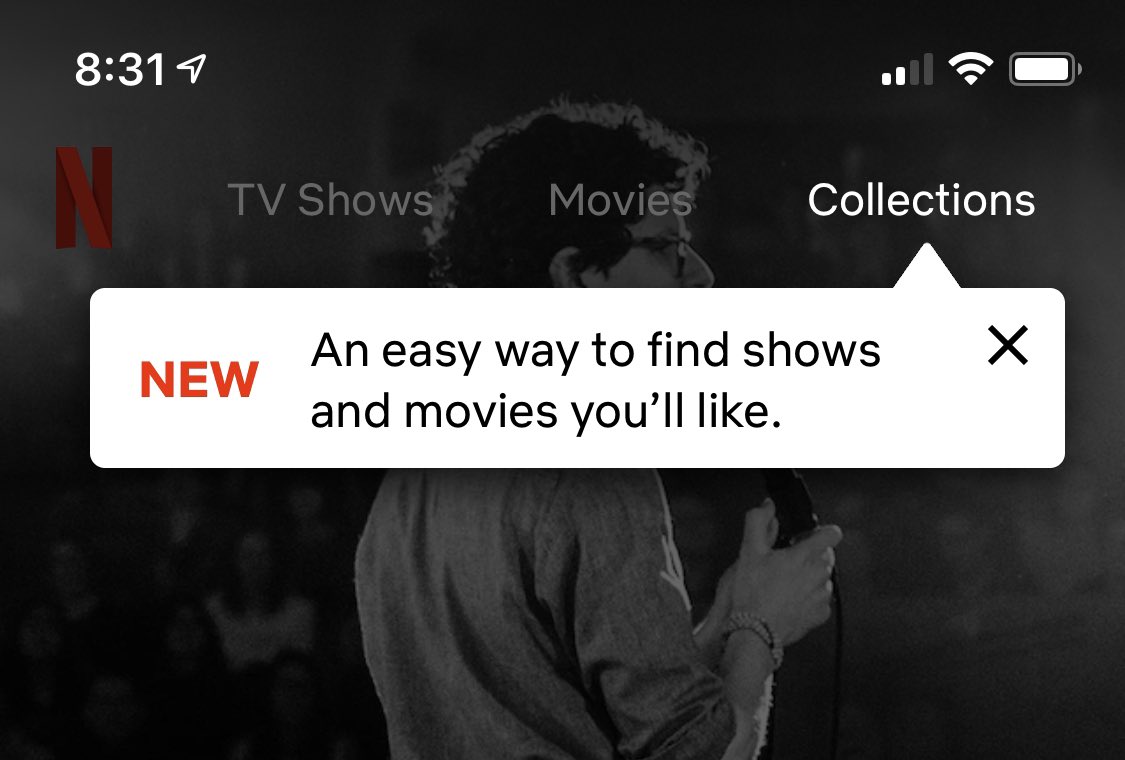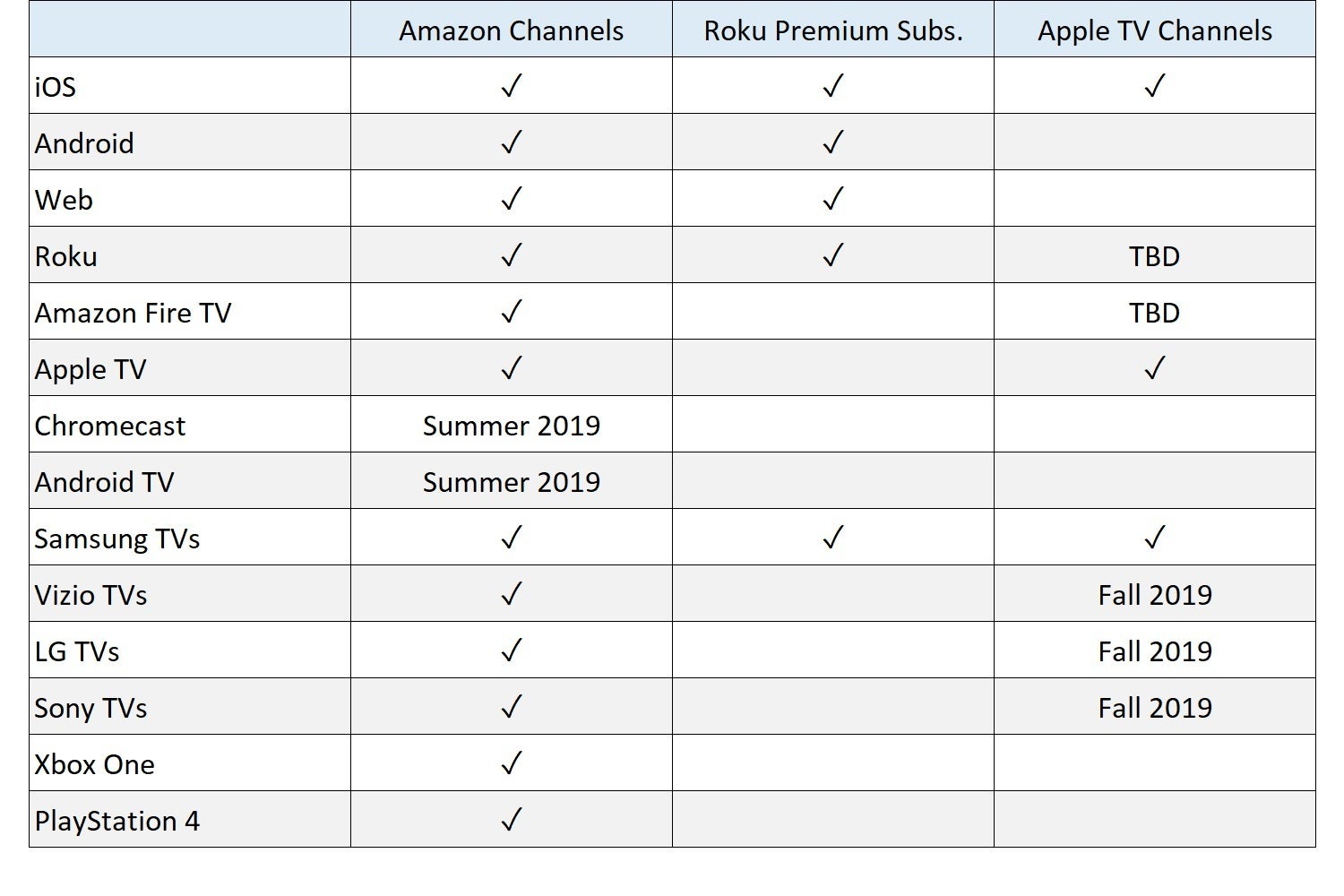The Canadian Liberal government has tabled proposed changes to the Broadcasting Act.

The Act authorizes the Canadian Radio-television and Telecommunications Commission (CRTC) to set the rules for media in Canada. It’s a big reason there is a music business and television industry in Canada.
The Act was last updated in 1991 — almost 30 years ago — well before the rise of the Internet and online streaming.
Some of the changes the Liberals propose are:
- Confirming that online broadcasting is covered under the Act. Currently, online undertakings that deliver audio and audio-visual content over the Internet are exempt from licensing and most other regulatory requirements. The Bill clarifies that online undertakings are within the scope of the broadcasting regulatory system. The Bill provides the CRTC with new powers to regulate online audio and audio-visual services, allowing the CRTC to create conditions of service and other regulatory requirements under which these online broadcasters would operate in Canada. It also updates the CRTC’s regulatory powers as they relate to traditional broadcasters. The Bill ensures that the Act would not apply to users of social media services, or social media services themselves for content posted by their users. The Bill ensures that online broadcasters will only be regulated when doing so would contribute in a material manner to the objectives of the Act. It will be up to the CRTC to determine which services will be regulated.
- Updating the Broadcasting and Regulatory Policies for Canada. The Bill updates key elements of the broadcasting policy for Canada so that the broadcasting system is more inclusive of all Canadians. The Bill recognizes that the Canadian broadcasting system should, through its programming and the employment opportunities arising out of its operations, serve the needs and interests of all Canadians—including Francophones and Anglophones, Indigenous Peoples, Canadians from racialized communities and Canadians of diverse ethnocultural backgrounds, socioeconomic statuses, abilities and disabilities, sexual orientations, gender identities and expressions, and ages. The Bill underscores that programming that reflects Indigenous cultures in Canada should be provided within the Canadian broadcasting system, regardless of resource availability. It also says there must be a space for Indigenous media undertakings in the Canadian broadcasting system. Additional amendments would also serve to promote greater accessibility for persons with disabilities.
- Creating a more flexible approach to regulation and sustainable funding for Canadian stories. The Bill facilitates a flexible approach to regulation, which will allow the CRTC to tailor the conditions of service and other regulatory requirements imposed on broadcasters by considering the Act’s policy and regulatory objectives, the variety of broadcasters in the system (and the differences between them), and determining what is fair and equitable depending on the circumstances. The Bill provides the CRTC with express powers to require broadcasting undertakings, including online undertakings, to make financial contributions to Canadian content and creators.
- Modernizing the CRTC’s enforcement powers. The Bill provides the CRTC with new enforcement powers through an administrative monetary penalty scheme (AMPs), which aligns the CRTC’s enforcement powers with how it regulates telecommunications and spam. The objective of the AMPs scheme would be to promote compliance, not to punish.
- Updating oversight and information-sharing provisions. The Bill ensures that the CRTC has the tools it needs as a modern regulator, so that it may gather information from stakeholders and liaise with other departments and agencies. It also ensures that commercially sensitive information that is collected by the CRTC in the course of its proceedings is properly protected.
The expected outcomes are:
- More opportunities for Canadian producers, directors, writers, actors, and musicians to create high quality audio and audiovisual content and to make that content available to Canadian audiences.
- An equitable and flexible regulatory framework where comparable broadcasting services are subject to similar regulatory requirements, taking into account their distinct business models and other relevant circumstances.
- Canadian music and stories being more available through a variety of services.
- A more diverse and inclusive broadcasting system that is reflective of Canadian society and that serves Canadians from all walks of life.
See Lexology for further analysis.
Mobile Syrup notes: “If the CRTC requires online broadcasters, such as Netflix and Spotify, to contribute to Canadian content at a similar rate to traditional broadcasters, then their contributions to Canadian music and stories could amount to up to $830 million by 2023.”
Not everyone is happy though.
The Friends of Canadian Broadcasting are: “concerned by the fact that multiple sections of the Broadcasting Act have been repealed or amended to remove protections for Canadian culture. For example, the bill moves from mandating ‘maximum or predominant use’ of Canadian creative resources to using Canadian resources ‘to the extent that it is appropriate.’ It also removes language that the broadcasting system should be owned and controlled by Canadians, opening the door to foreign companies to buy up what’s left of Canada’s traditional broadcasting system.”
Michael Geist argues:
“In the short term, this bill creates considerable uncertainty that could lead to reduced investment in Canadian film and television production and less consumer choice as potential new streaming entrants avoid the Canadian market until there is greater clarity on the cost of doing business. Canada is set to become a highly regulated market for Internet streaming services and the uncertainty regarding those costs are sure to have an impact. The regulatory process will take years to unfold with a call for public comment, a lengthy hearing, the initial decision, applications to review and vary the decision, judicial reviews, and potential judicial appeals. If any of the appeals are successful, the CRTC would be required to re-examine its decision and the process starts anew. This lengthy process could have a major impact on investment decisions. For example, if you’re a large Internet streaming company that is already investing $100 million per year in film and television production in Canada, you might delay some of that spending until there is greater clarity on what ‘counts’ for the purposes of meeting your new regulatory requirements. New entrants may also delay entering into the Canadian market given the prospect of significant new spending requirements and regulatory intervention into confidential business information. Canada was once a highly attractive market for new services, but this bill may cause new entrants to rethink their plans.“
My take: change is almost always difficult. However, given that the Liberals helm a minority government, the chance of this legislation actually becoming law is very slim. More likely it will die on the Order Paper when the next election is called — I’m guessing in June 2021.






